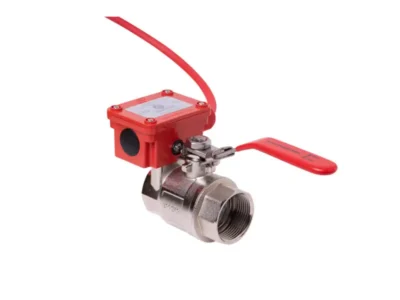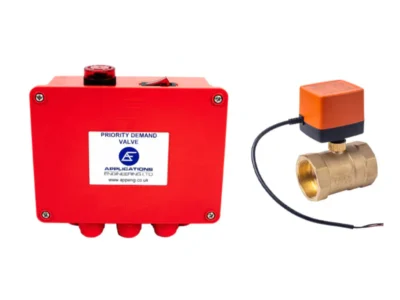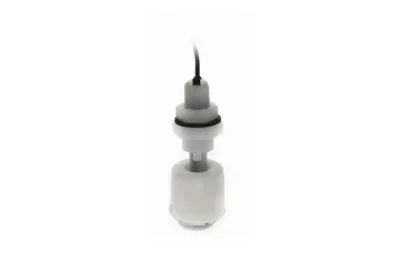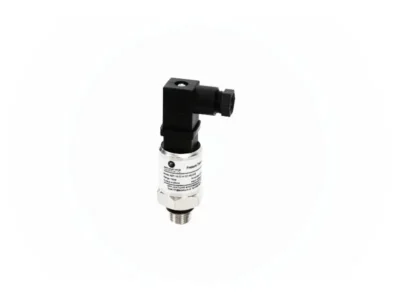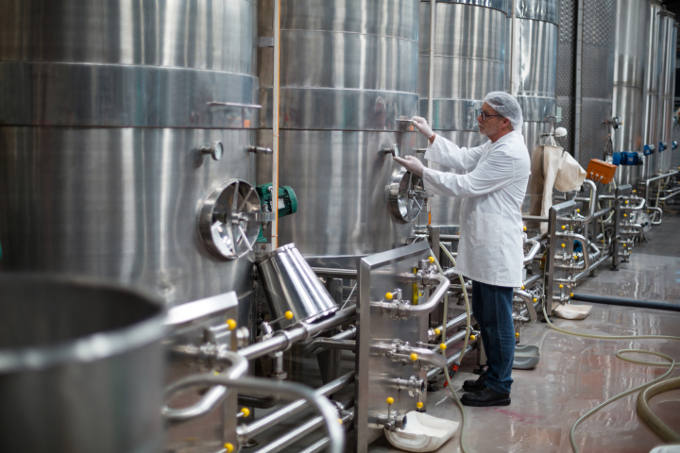
Pressure gauges are common components in operations and processing systems for a wide range of industries and applications, including machine and plant engineering, gas distribution, aerospace, automotive, chemical refineries, marine and medical applications.
Pressure gauges are fairly simple devices, though it is critical to select the best instrument for your situation. No matter what the technical proficiency of pressure gauges, there are going to be times when they become damaged or malfunction. Extreme or stressful conditions can cause any gauge to fail.
A pressure gauge is designed to measure pressure and depending on the type of gauge, can be used to measure pressure from gases, liquids, vapours or solids. Pressure instruments can fail for a number of reasons. Regular inspection and maintenance is crucial, both from a health and safety perspective and to keep operations running smoothly.
It is important to understand what can damage your pressure gauge. Prevention is obviously better than cure. Here are the top three things that you should look out for.
1 – Vibration
Vibration is probably the number one cause of pressure gauge failure in the manufacturing industry. Vibration can cause damage to the pointer mechanism, causing it to produce inaccurate readings. The worst-case scenario is for mechanical vibration to crack the Bourdon tube. Pressure gauges range from low vibration resistance types to those with a high vibration resistance. It is critical that you choose the appropriate quality gauges for each application.
Liquid filled gauges resist damage from vibration as the fluid inside the gauge protects its internal components. In industry settings where vibration could be a problem, remote mounting with a capillary line is recommended to ensure the structure isn’t affected.
2 – Temperature
Pressure gauges are designed to work at various temperatures, but consistent extreme temperatures are renowned for causing a loss of containment within the gauge. When this happens, parts within the gauge can erode or break down.
Any gauge that is too hot to touch with the hand indicates that it requires attention. As with vibration, one solution is to use a remote mounting with a capillary line to keep the gauge at a distance from the heat source. Other protective accessories include pipe coils or siphons. Freeze protection may be required in the form of steam or electric tracing.
One of the biggest mistakes made is choosing a pressure gauge that isn’t suitable for the temperature level it is operating in. Protective accessories and regular checks will help to ensure any potential problems are nipped in the bud.
3 – Pulsation
Pulsation occurs when there are pressure spikes. When this happens on a regular basis it can damage the pressure measuring instrument. Accessories include snubbers or pulsation dampeners which can absorb pressure shocks and even out pressure fluctuations. They work by slowing the maximum speed a substance can travel. Liquid filled gauges can help, where appropriate, as the liquid helps to dampen spikes.
Regular inspections and maintenance of pressure gauges is critical. Even the slightest damage can mean the gauge will be giving incorrect readings. Any damage will compromise processes and lead to inefficiencies.
We’ve been supplying pressure gauges to a wide range of industries since 1983. If you need any information or advice about selecting or replacing pressure gauges and which types are suitable for your applications, speak with one of our engineering experts on 01825 764737.
Share This Post
